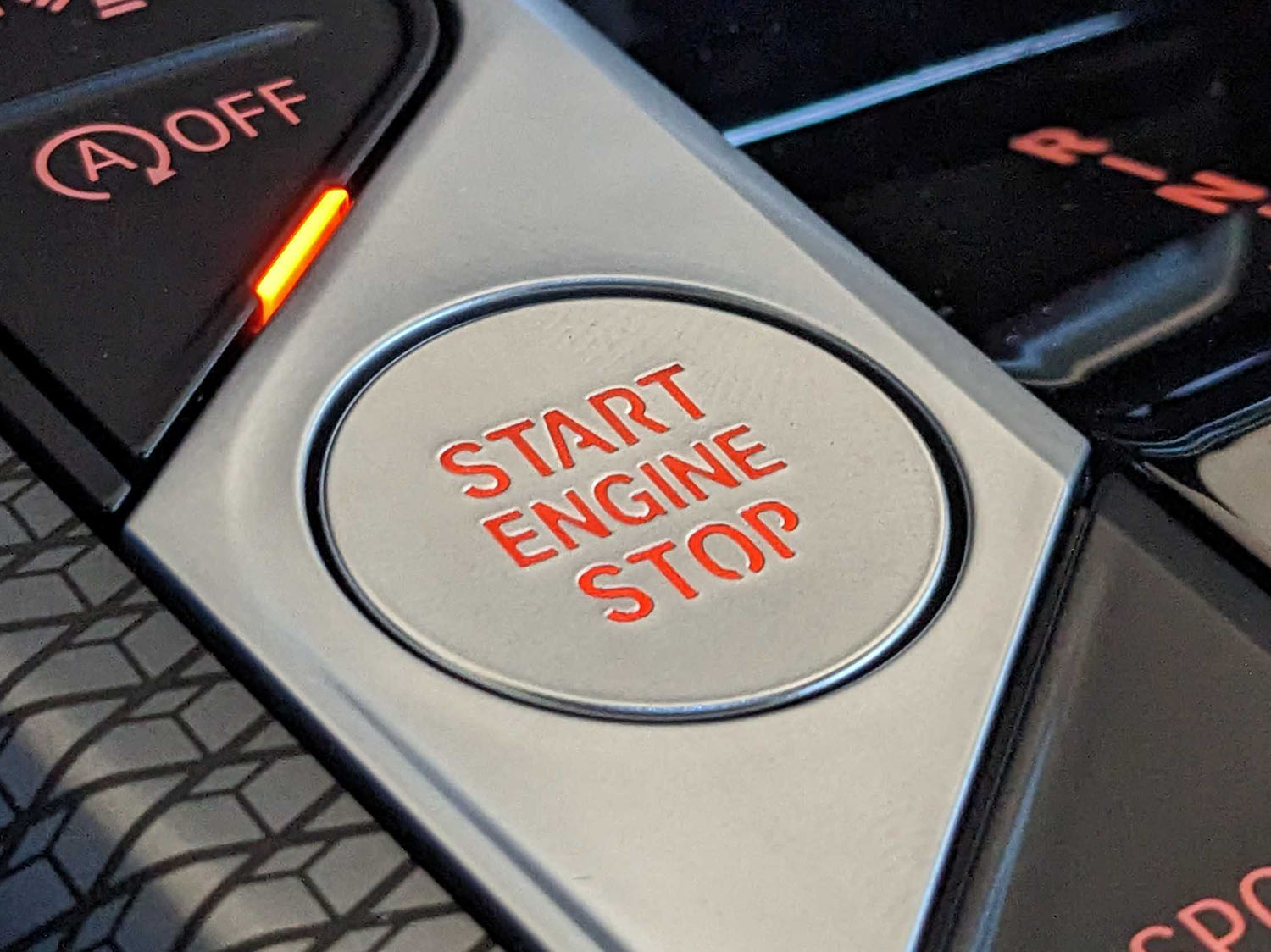How Modern Cars Are Stolen
New technology means new methods for car thieves.
 Aaron Miller | Capital One
Aaron Miller | Capital One
Article QuickTakes:
Despite seeing a general downward trend since 1990, car theft increased over the last couple of years. As automobiles become more advanced, the same systems designed to offer both protection and convenience for owners have proven in some cases to offer new opportunities for thieves. Here's a look at some of the ways modern cars are stolen.
Keyless Entry Hacks
Keyless entry can be a convenient feature on modern vehicles, but it also presents an opportunity for thieves to gain access not only to the car or truck but also its ignition system. Using a relay device that amplifies the signal from a key fob located nearby, such as inside a home, it's possible to convince the automobile that the fob is actually close enough to unlock the doors. This allows the would-be thief to capture the rolling code that is passed between the vehicle and the fob as a security identification measure.
This same mechanism is then used to fool the car into thinking the key fob is sitting in the driver's seat, which unlocks the ignition and allows the vehicle to be started up and driven away. This type of theft requires mere minutes to achieve.
Reprogramming Vehicle Software
Once inside a vehicle, thieves may not even need a relay device to access the ignition system. It's possible to purchase tools that reprogram a car or truck's software to allow a thief to create their own key. A handheld device that connects to an automobile's onboard diagnostic (OBD) port provides the entry point to the system, whereupon the information required to generate a copy of its original key fob can be accessed by hackers and cloned onto a blank fob.
In some cases, these reprogramming devices have been used to swipe cars and trucks directly from dealership and assembly-plant parking lots.
Poor Ignition Protection
Even if a vehicle doesn't have a push-button ignition system, it's not necessarily safe from thieves. Hyundai and Kia models built between 2010 and 2021 contain a weakness in the design of their ignition locks that makes them vulnerable to vehicle thieves with a USB cable.
The security weakness in the vehicles centers on a ignition-key receptacle found in the steering-column cover. This opening is exactly the right size for a USB connection. Once the cable is attached, the vehicle can be started and driven away. This practice became a popular challenge on the TikTok social media app and fueled the theft of many Hyundai and Kia autos for joyrides. Up to a third of stolen vehicles in certain U.S. cities in 2021 were from these two brands.
The thieves' high rate of success stemmed from the lack of an immobilizer system. Such a system would have required an on-key computer chip to be present in order for the vehicle to start. After class-action lawsuits were filed against both Hyundai and Kia, the automakers agreed to roll out additional anti-theft measures to their vehicles.
Key Codes and PIN Codes
Despite new keyless technology, it's possible to replicate physical keys and use them on vehicles equipped with keyless entry and ignition features.
To facilitate access in the event of a dead 12-volt battery in a keyless remote, many modern vehicles incorporate a hidden lock that matches a physical key embedded inside a key fob. An experienced locksmith — or a thief who has acquired those skills — can use an automobile's vehicle identification number (VIN) to look up the key code, often on websites intended to serve professional locksmiths. That code can then be used to create an accurate copy of the physical key. Some locksmith sites also provide the specific PIN, or personal identification number, required to program the security features on the chip that goes with an automobile's key. With the new key in hand, a thief can walk up to a car, open the lock, and disable the immobilizer just as if they had the original key.
A variation on this type of theft involves using the VIN to cut a new key, allowing a thief to get inside the car. The thief then uses the OBD-reprogramming technique. This process can be used to reprogram the key's security chip when the PIN is not available.
High-Tech Skeleton Key
Another locksmithing tool often used to physically gain access to a vehicle is a turbo decoder. This mechanism is inserted into a lock, where it can replicate the interior barrel in just a few seconds and then function as a skeleton key. Turbo decoders are intended to be sold exclusively to those in the locksmithing trade.
Once access has been gained, thieves can reprogram the vehicle to accept a new key via the OBD port, disabling its immobilizer and security systems.
AirTag Tracking
AirTags are a basic and inexpensive tracking system made by Apple to work with Apple products such as smartphones and computers. Once attached to a vehicle, AirTags can provide a would-be thief with updated location information from a connection to the network of Apple phones and tablets in a local area.
Thieves can use AirTags to track a target from a public location to one more private and secluded, where being detected is likely less of a risk. This can even include a vehicle owner's driveway. The tags are small and can easily escape detection if you aren't using either an Apple device to determine if there are any AirTags nearby or a specific app for non-Apple users that performs a similar scan.



